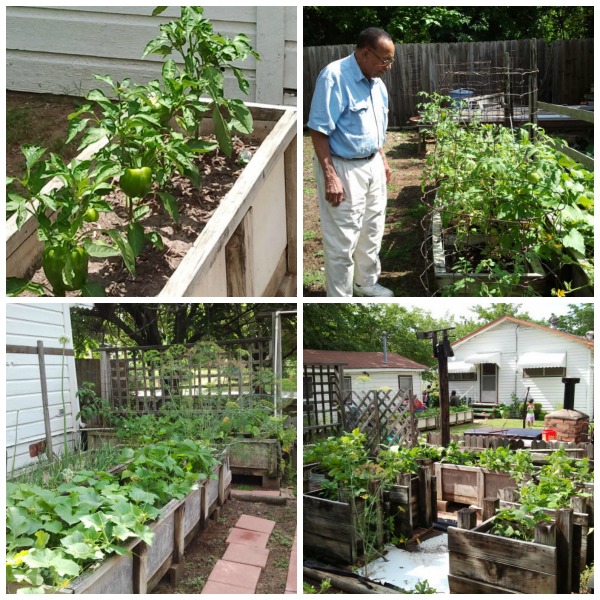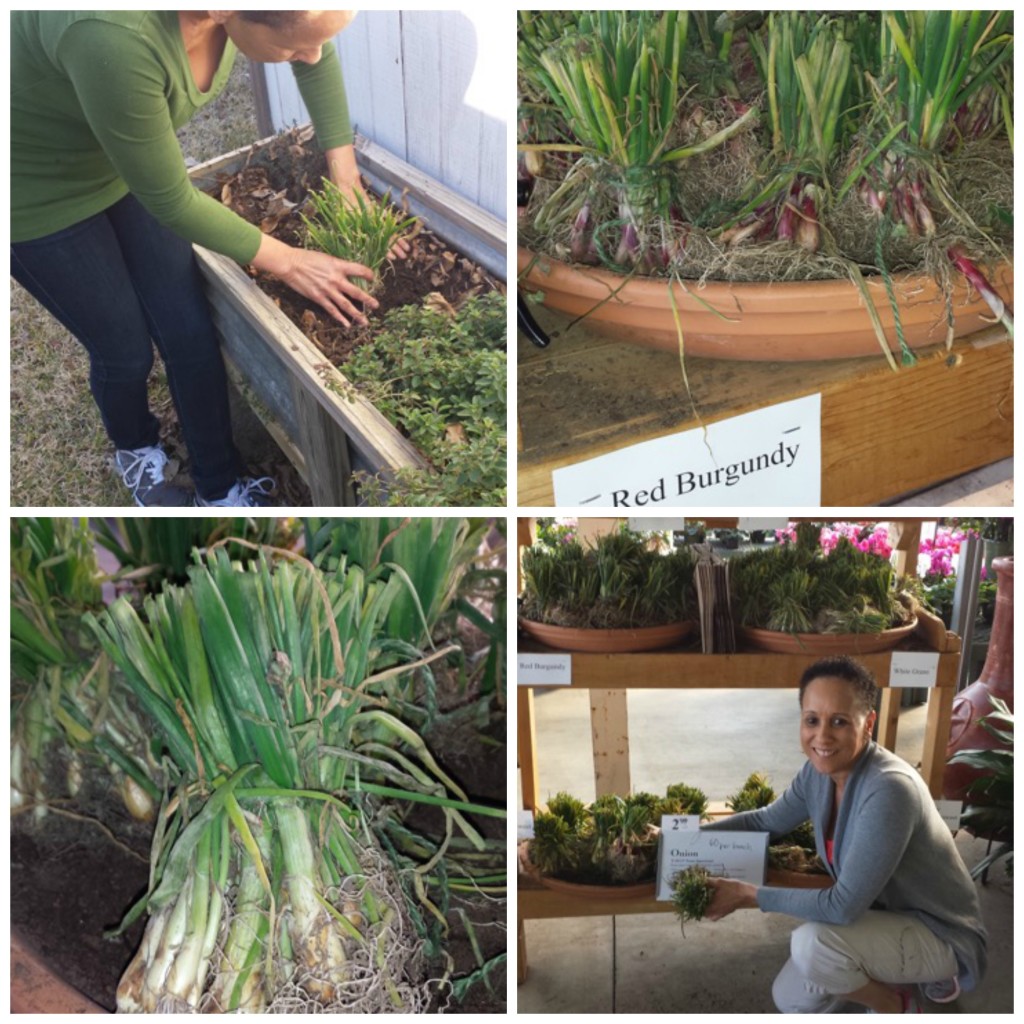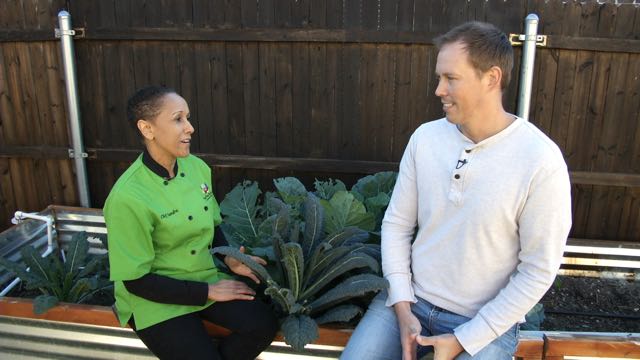What in the world is “The Mittleider Gardening Method”? Do you know? Well, I have to admit that until this past year, I was not familiar with the Mittleider Gardening method either. It was my friend Cory Russell and his family who introduced me to this method of gardening. And once I saw Cory’s garden photos and heard him share the same passion that I have for gardening and eating fresh from his garden, I knew I wanted Cory to be a part of my first Backyard Gardening Video Series. You’ll see some amazing footage of Cory’s garden and I promise this will not be last of Cory’s garden you’ll see. This was Cory’s fall garden and we were able to grab this incredible footage just before the first Fall frost here in Dallas in November, 2014. I can’t wait to see Cory’s Spring garden. He tells me he has already started some seedlings inside. More to come!

Cory takes us on a tour of his amazing garden and shares exactly what is needed in order to grow this same kind of garden at your own home. And the good news is that it’s all above ground. It’s the same kind of container gardening that my dad has been doing for years and I too have adopted container gardening in my vegetable garden. My dad uses a lot of the same techniques that Cory shares but Dad’s fertilizer preference has always been a 10-20-10 mix for his garden along with some organic compost from his own compost pile.
It’s not too early to get ready for Spring Gardening. If you want to learn more about the Mittleider Gardening Method, here are a few links to explain more about it.
What is the Mittleider Gardening Method?
http://www.thesurvivalistblog.net/the-mittleider-gardening-method-explained/
http://healthyhomesteading.com/2011/05/the-mittleider-method-of-garden/
Cory’s Picks:
Pine Tree Seeds – http://www.superseeds.com/
Super Seeds and Rare Seeds – http://www.rareseeds.com/; www.superseeds.com
Favorite Varieties: Fish Pepper (heirloom), Bronze fennel, Egyptian walking onions, Belgium giant Tomato and Kellogs Breakfast Tomato
Paste tomato varieties – (opalka) ( polish lingusia) ( speckled roman)
New herbs – Blue Spice Basil, loveage, bulb fennel
New vegetables – greek red squash, ailsa craig onion, long from tropea onion, calypso cuke
Chef Sandra’s Garden Search
Fresh From the Gardens is looking for other noteworthy and interesting backyard gardens to visit this year. If you know someone who has some sort of vegetable garden that you think Chef Sandra should visit, contact us and let us know. Maybe your garden will also be featured as part of Chef Sandra’s Backyard Garden Video Series.








